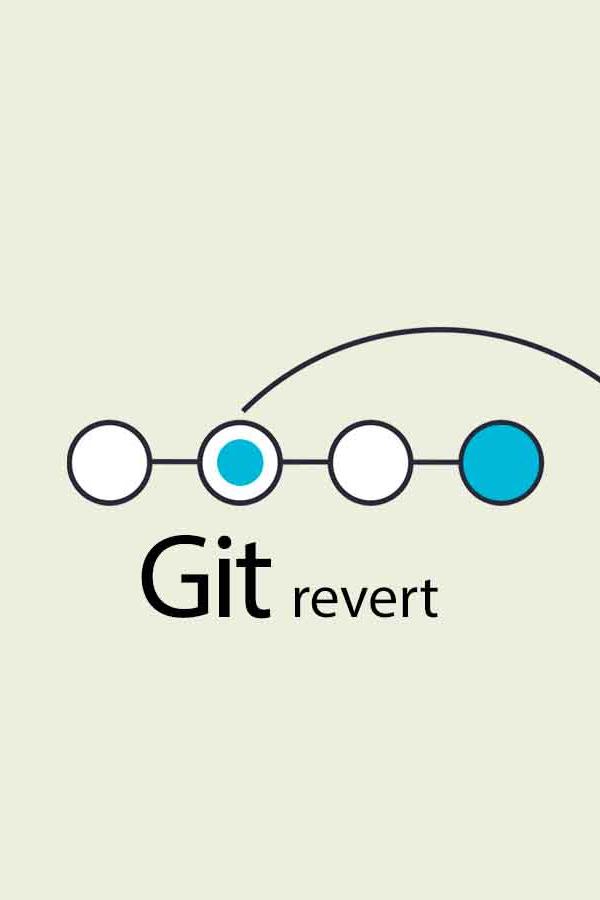How Your Database Stands Up to the Ultimate Reliability Check: ACID rules
6 min readKey points
For IT professionals in database management, grasping the core principles that protect our digital transactions is essential. Today, we're exploring the ACID model, a pivotal framework for ensuring transaction reliability and security. This goes beyond mere theoretical knowledge; it's vital for the smooth operation of diverse systems, from financial processes to social media platforms. We'll delve into the ACID principles and their critical role in real-world applications.
The Concept of ACID
The integrity and reliability of database transactions are foundational to the digital operations we rely on daily, from social media interactions to managing our finances. One of the critical frameworks ensuring this reliability is the ACID model, which stands for Atomicity, Consistency, Isolation, and Durability. These principles ensure that database transactions are processed securely and reliably.
To better illustrate the ACID properties, let's go over the process through the transactions user case in a bank account.
Atomicity: The All-or-Nothing Principle
Imagine you are transferring money from your savings account to your checking account. This transaction involves two steps: debiting (subtracting) an amount from your savings and crediting (adding) that same amount to your checking account. Atomicity ensures that both these steps are completed as a single, indivisible operation. If, for any reason, one step fails—say, crediting the checking account—the entire transaction is rolled back as if it never occurred. This prevents scenarios where your savings are reduced, but your checking account does not reflect the transferred amount, ensuring your financial records remain accurate.
If an error or interruption occurs, all changes made up to that point are backed out.
Consistency: Maintaining the Rules
Consistency guarantees that a transaction can only bring the database from one valid state to another, adhering to all predefined rules and constraints. In the context of a bank transaction, this means ensuring that the transfer does not result in a negative balance in your savings account (assuming the account does not allow overdrafts) and that the transaction respects the account's currency. Consistency upholds the integrity of financial data, ensuring that transactions do not violate account rules or logical operations within the banking system. Consistency ensures the account has sufficient balance.
All integrity conditions in the database are maintained with each transaction, taking the database from one consistent state into another consistent state.
Isolation: Keeping Transactions Separate
Isolation deals with the visibility of transactions to each other. Consider a scenario where you are checking your balance online while a deposit to your account is being processed. Isolation ensures that you either see the balance before the deposit if it has not been completed or the balance after, but never an intermediate state where the transaction is half-applied. This principle is crucial for preventing "dirty reads," which could occur if one transaction reads the intermediate state of another, leading to confusion or errors in data interpretation.
Each transaction is isolated from other transactions, and hence, each transaction only accesses data that are part of a consistent database state.
Durability: Ensuring Permanence
Once a transaction is confirmed, durability guarantees that the change is permanent, even in the event of a system failure. If your bank's system crashes right after you've made a deposit, durability ensures that when the system comes back online, your deposit remains in your account as if the crash never happened. This principle is vital for maintaining trust in financial transactions, as it assures customers that their funds are safely managed and recorded.
Why ACID is Important
From the transaction example above, we can see that the ACID model is crucial in banking applications where the accuracy and reliability of financial transactions are non-negotiable. Without these principles, the banking system could face discrepancies, such as unbalanced accounts, transaction losses, or breaches in data integrity. These scenarios could lead to financial losses for both the bank and its customers, undermining trust in the financial system.
By applying the ACID properties to database transactions, banks ensure that their operations run smoothly and securely, preserving the integrity of financial data and maintaining customer confidence.
Understanding the Difference: ACID vs. CAP
For software professionals when diving into database architecture, you'll likely encounter both ACID rules and the CAP theorem. While they both play crucial roles in how data is managed, they serve different purposes and operate under different constraints. Let’s look at them side-by-side.
ACID
ACID—Atomicity, Consistency, Isolation, Durability—focuses on ensuring that all transactions in a database are processed reliably. These principles are about keeping data consistent and intact, no matter what happens during a transaction, such as power failures or system crashes.
CAP Theorem
CAP stands for Consistency, Availability, and Partition Tolerance, highlighting a crucial trade-off in distributed systems: you can only achieve two of the three guarantees at any given time. This theorem helps architects decide how to balance these constraints based on their application's needs.
- Consistency in CAP is similar to ACID's consistency but applies across a distributed system.
- Availability ensures that every request receives a response, regardless of the state of any individual node in the system.
- Partition Tolerance means the system continues to operate despite arbitrary partitioning due to network failures.
For more about the CAP theorem, check out this post.
The differences
In general, we view ACID and CAP as complementary but different. While ACID ensures data integrity within a single database system, the CAP theorem deals with the inherent challenges of distributed systems. The choice between prioritizing ACID or CAP properties depends on the specific requirements of your application. For instance, a banking system prioritizes ACID to maintain transaction integrity, while a social media platform might lean towards CAP to ensure availability and partition tolerance, even if it means occasional data inconsistencies.
Understanding the distinction and interplay between ACID and CAP is vital for making informed decisions in database architecture, affecting everything from system reliability to user experience. By understanding the essence of it, technology professionals can better navigate the complexities of modern data management.
Summary
The ACID model—Atomicity, Consistency, Isolation, Durability—is crucial for ensuring that our daily digital activities, like banking, shopping, or using social media, run without problems. It's a key part of database management, helping to keep transactions secure and reliable. Understanding ACID principles is important for IT professionals to make well-rounded decisions in scenarios where data integrity and system reliability are essential.


